Patients battling an aggressive and lethal brain cancer are finding hope for longer life—with a treatment that draws on the power of electricity.
The Optune device, which delivers electromagnetic energy through the scalp, has been shown to give terminally ill patients several more months.
“It’s really a significant result—more so than we have seen with other treatments,” said Wendy Sherman, MD, a neuro-oncologist with Spectrum Health Medical Group and co-director of the Spectrum Health Brain & Spine Tumor Center.
Optune is designed to treat glioblastoma malforme, a brain tumor resistant to standard forms of treatment.
Each year in the U.S., glioblastoma affects about 12,000 people. Even with surgery, radiation and chemotherapy, patients survive an average of 15 to 16 months, Dr. Sherman said.
Optune, created by Novocure, received approval in 2011 for patients with recurrent glioblastoma. In October 2015, the Food and Drug Administration approved it for newly diagnosed patients, too.
The device consists of four stickers, about the size of a hand, that are placed on the patient’s scalp. Beneath the stickers are electrodes that deliver low-intensity, alternating electric fields—called tumor-treating fields. They are designed to target cells specific to glioblastoma and inhibit cell replication, Dr. Sherman said.
We are always looking for something more, because what we have is not good enough.
The device can be plugged into the wall at night and powered by a portable battery pack during the day.
Patients experience little discomfort or side effects, aside from some skin irritation.
“They don’t feel anything (from the electricity),” Dr. Sherman said. “They have to shave their heads—and a lot of them lost their hair from the radiation anyway. And they have to wear the device the majority of the day—at least 16 hours.”
Every two to three days, patients must shave their heads and apply new stickers and electrodes.
A recent study in the Journal of the American Medical Association found patients who used Optune in addition to chemotherapy lived, on average, five months longer than those who just received chemo.
The two-year survival rate rose by 50 percent—from 29 percent of patients to 43 percent.
For patients with a terminal diagnosis, an extra five months can mean more time with family or a chance to reach a treasured milestone.
“It’s something that gives another option for people. We are always looking for something more, because what we have is not good enough,” she said. “It’s nice to be able to make some progress in the field.”
Researchers are testing the device for treatment of other forms of cancer, she said. But for now, it is approved only for glioblastoma.
An advantage to the device, Dr. Sherman said, is its minimal disruption of quality of daily life.
“Aside from having to wear it, people feel fine on it,” she said. “It may give them a better outcome and it does not detract from quality of life.”
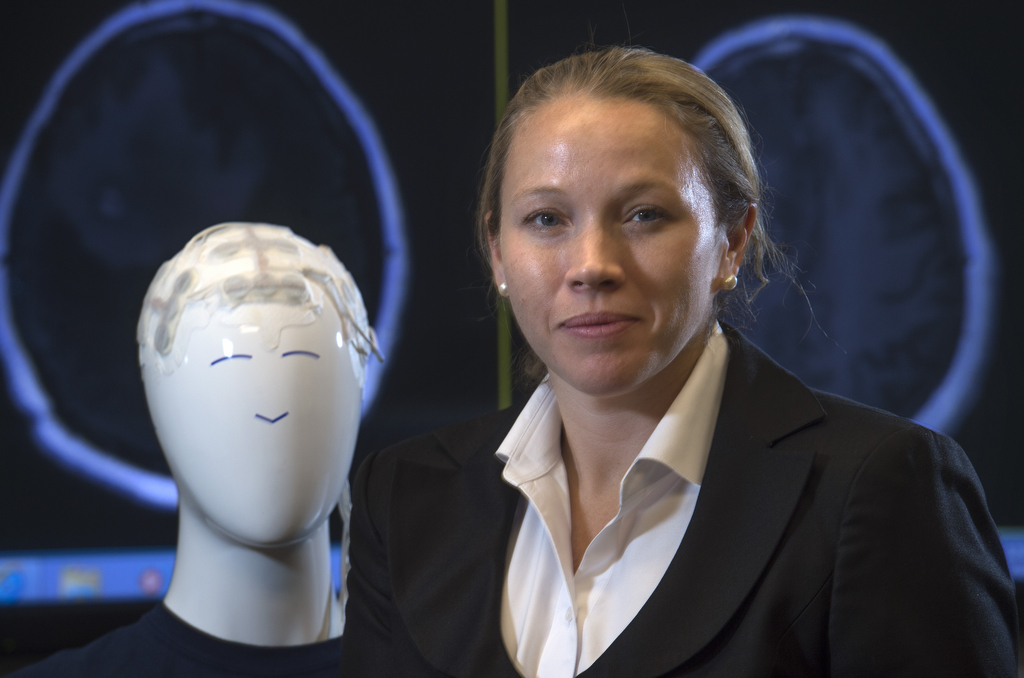
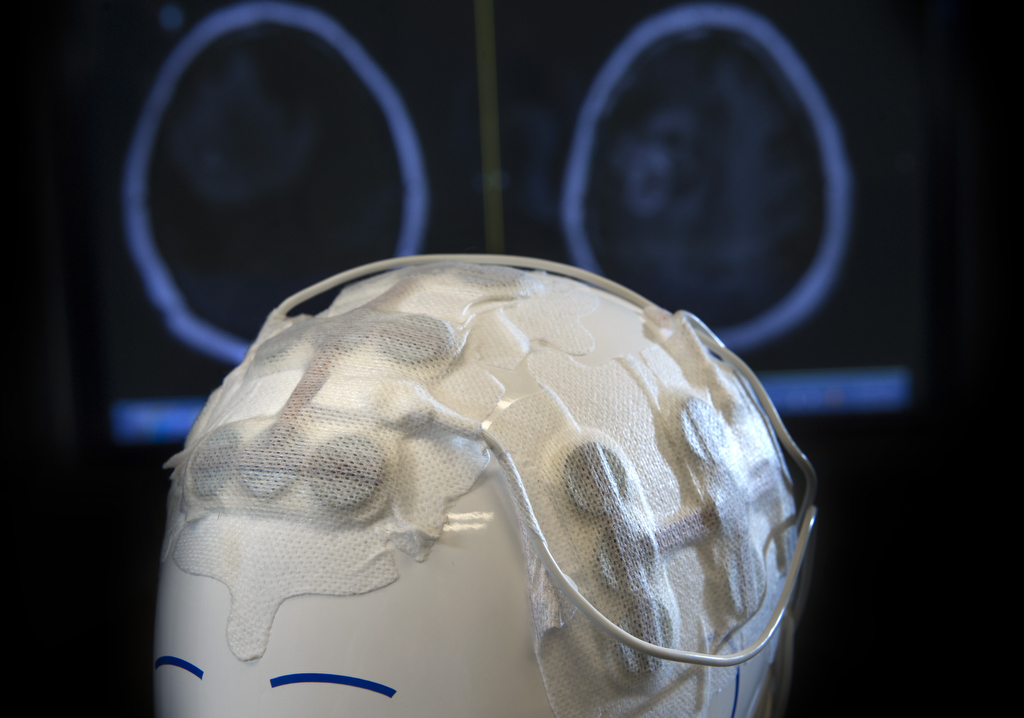
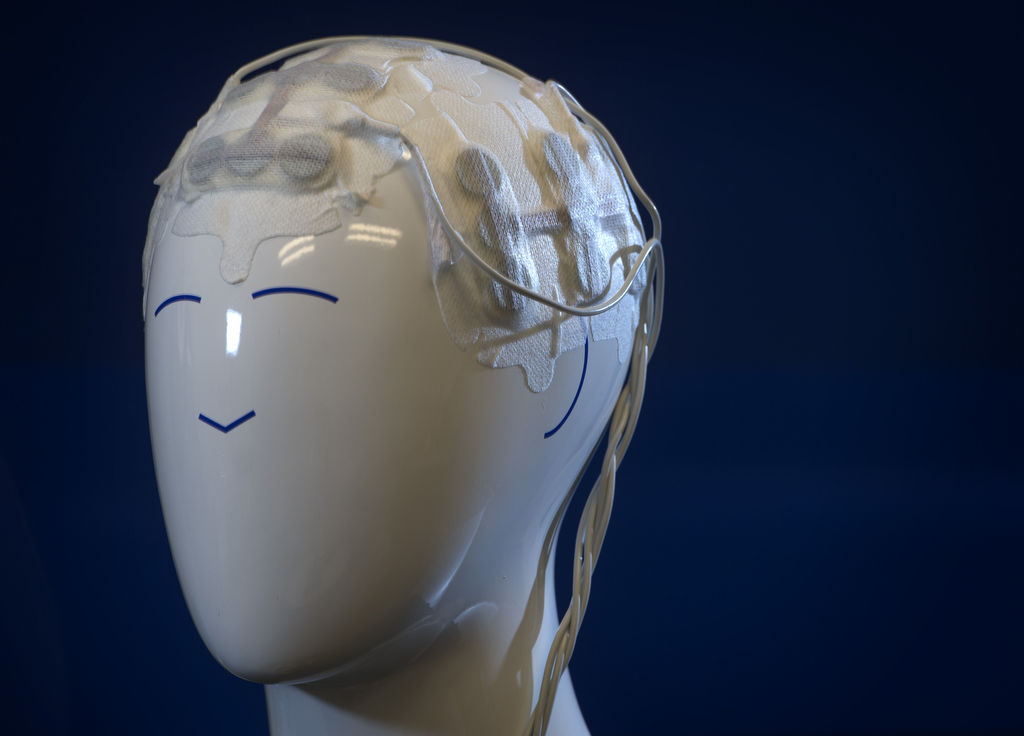
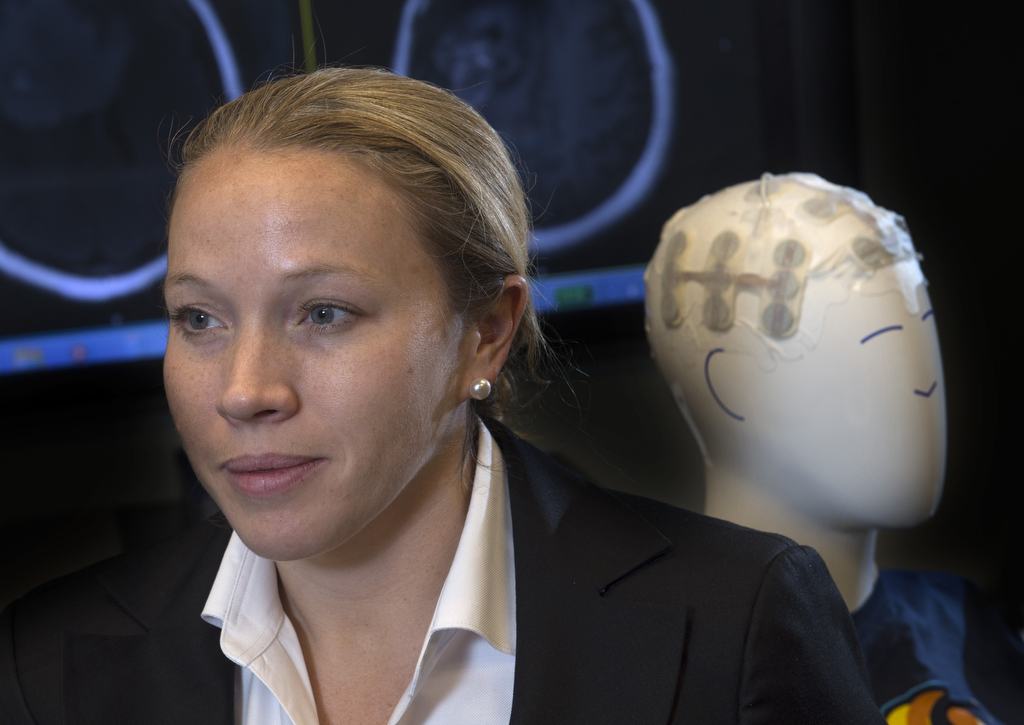
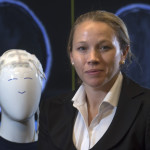

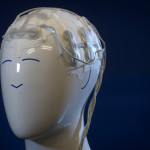
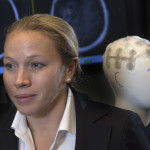
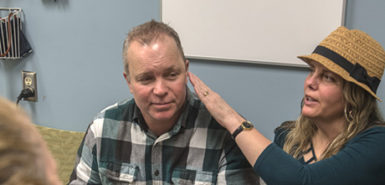 /a>
/a>
 /a>
/a>
 /a>
/a>
Im very interested in Optune.
Hi Caroline, Please discuss this option with your physician. Or, if you’d like a second opinion, please call the Spectrum Health Cancer Center at 1.855.SHCANCER (855.742.2623). Best wishes to you!